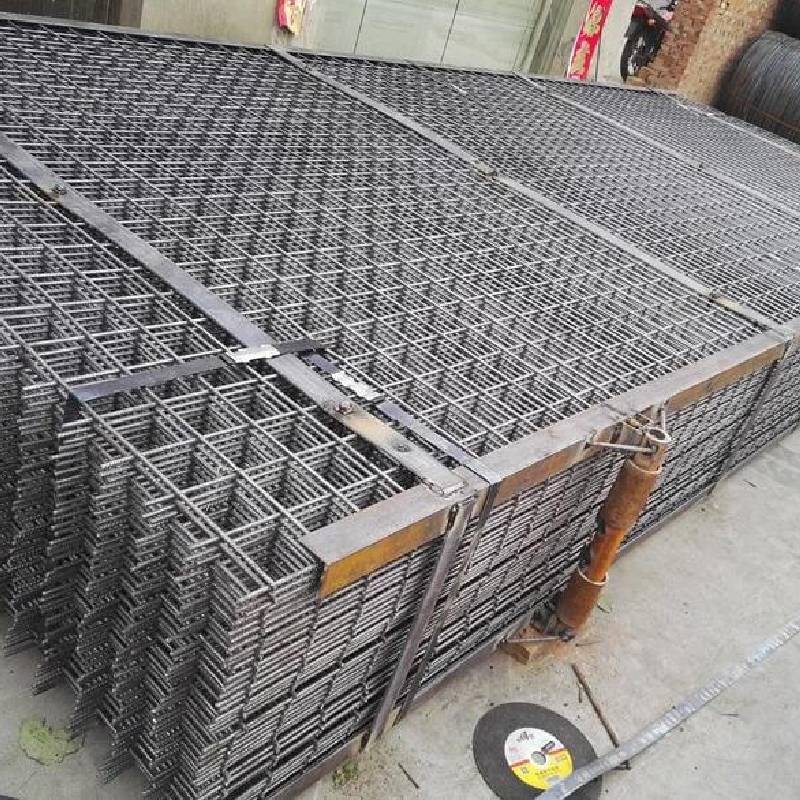
- Mobile Phone
- +8613931874955
- sales@cntcmetal.com
Different Variations of Cavity Wall Ties for Construction Applications
Understanding the Different Types of Cavity Wall Ties
Cavity walls are a popular construction technique primarily used for their thermal efficiency, moisture control, and structural integrity. An essential component of cavity walls is the cavity wall tie, which serves to connect the two leaves (or layers) of masonry in a cavity wall system. This article explores the various types of cavity wall ties available, their materials, functions, and the considerations involved in their selection and installation.
What Are Cavity Wall Ties?
Cavity wall ties are critical components that help ensure stability and durability in cavity wall construction. They play a vital role in transferring loads and preventing lateral movement between the outer and inner walls. These ties must be designed to accommodate differential movement, resist corrosion, and provide sufficient strength to support the loads imposed by the masonry walls.
Types of Cavity Wall Ties
1. Metal Ties Metal ties are the most common type used in cavity wall construction. They can be made from various materials, including stainless steel, galvanized steel, and, less frequently, copper.
- Stainless Steel Ties They offer excellent resistance to corrosion, making them suitable for exposed or harsh environments. Stainless steel ties are often used in coastal regions or areas with high humidity. - Galvanized Steel Ties These are coated with a layer of zinc to prevent rust and corrosion. Galvanized ties are widely used in standard construction but may have a shorter lifespan than stainless steel, especially in aggressive environments.
2. Plastic Ties Plastic ties are an alternative to metal when it comes to resistance to corrosion. They are often made from durable materials such as polypropylene or polyamide and are light in weight. Plastic ties boast excellent resistance to weathering and offer an affordable option for many building projects. They may not have the same load-bearing capacity as metal ties, so their use is generally reserved for lower-risk applications.
3. Composite Ties Composite cavity wall ties combine the benefits of both metal and plastic. They are typically made from a fiberglass core coated with a protective layer of polymer. These ties are lightweight, resistant to moisture, and free from corrosion. Composite ties are ideal for areas where moisture is a concern, providing strength without the corrosion issues associated with metal ties.
4. Anchor Ties Anchor ties are a more robust option used in high-rise buildings or structures where additional stability is required. These ties feature a unique design that allows for secure anchoring within the structure, providing enhanced support and resistance to lateral forces.
types of cavity wall ties

5. Bed Joint Horizontal Ties Bed joint horizontal ties are inserted horizontally within the mortar joints of masonry walls. They are commonly employed to ensure overall wall stability and resist horizontal forces. These ties can be made from various materials and are essential in certain structural configurations.
Considerations When Selecting Cavity Wall Ties
Choosing the appropriate cavity wall tie for a specific project involves various considerations
- Environmental Factors The local environment can dictate the type of ties suitable for a project. For instance, coastal locations may require stainless steel ties due to potential corrosion from saltwater.
- Load Requirements Ties must be selected based on the load that they will bear. Heavier walls or structures may necessitate the use of more robust metal ties or anchor ties.
- Building Regulations Compliance with local building codes and regulations is critical to ensure safety and structural integrity. It’s important to consult regulatory frameworks to select the appropriate tie type for specific structural applications.
- Installation Proper installation is crucial for the effectiveness and longevity of cavity wall ties. Installation guidelines must be adhered to, and adequate spacing and placement are essential to ensure that the ties function as intended.
Conclusion
Cavity wall ties are an integral aspect of cavity wall construction, providing structural support, stability, and moisture control within buildings. With several types available, ranging from metal ties to innovative composite solutions, selecting the appropriate tie involves understanding the specific requirements of the project, environmental conditions, and adherence to regulations. By making informed decisions about cavity wall ties, builders can enhance the durability and resilience of their constructions, contributing to safer and more efficient structures.
share:
-
Yard Sign Stakes: Reliable Guardians of Outdoor SignsNewsAug.04,2025
-
Wall Ties: Invisible Guardians of Building StabilityNewsAug.04,2025
-
Resilient Web: The Super Guardian Power of Concrete MeshNewsAug.04,2025
-
Masonry Accessories: A versatile assistant on building foundationsNewsAug.04,2025
-
Iron Binding Wire: the 'invisible reinforcement specialist' in the fields of architecture and industryNewsAug.04,2025
-
Dynamic Spring: The diverse functions and excellent performance of Wire Tension SpringNewsAug.04,2025
-
Your Source for Concrete Wall Ties and Masonry AccessoriesNewsJul.10,2025



















